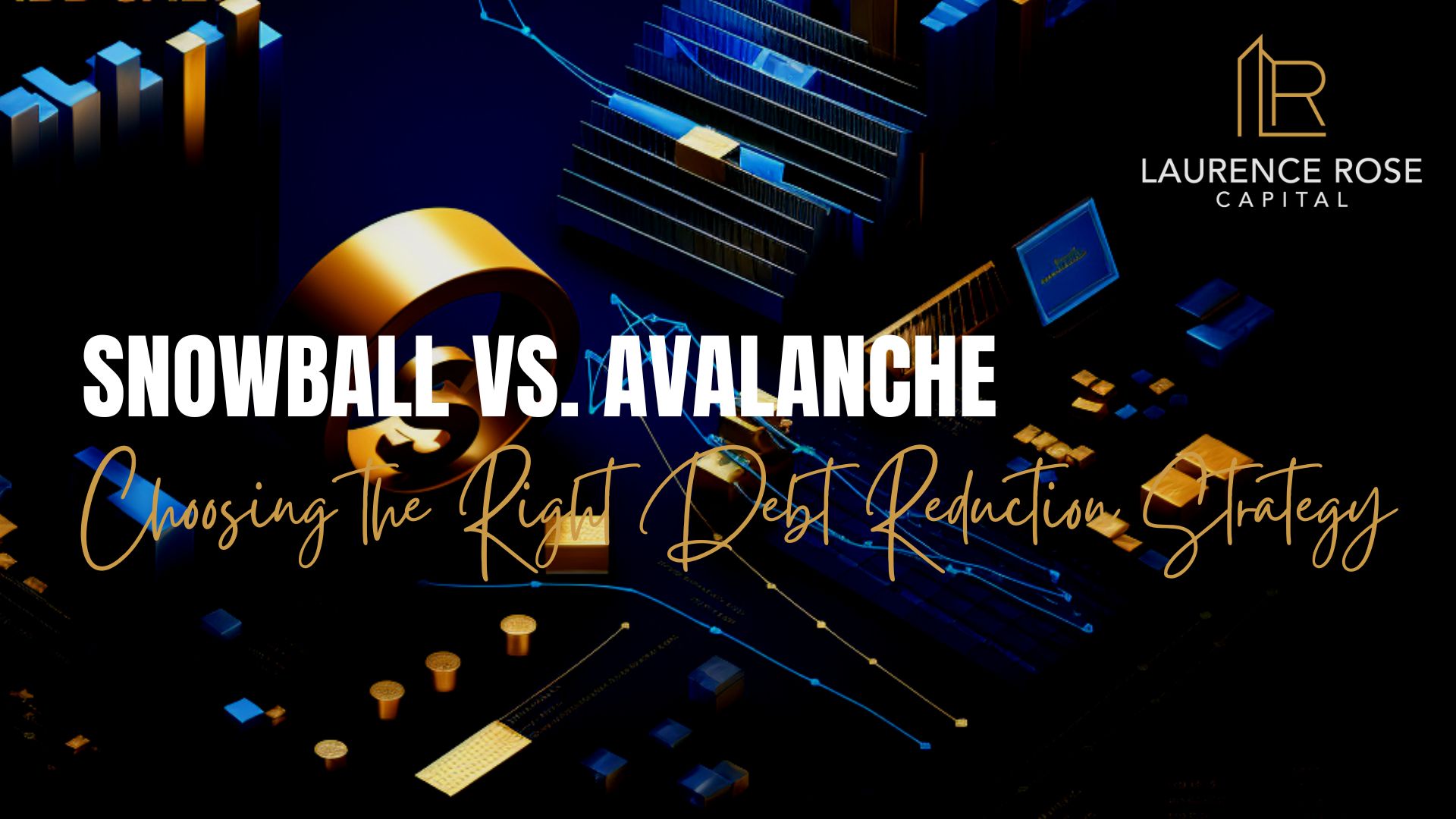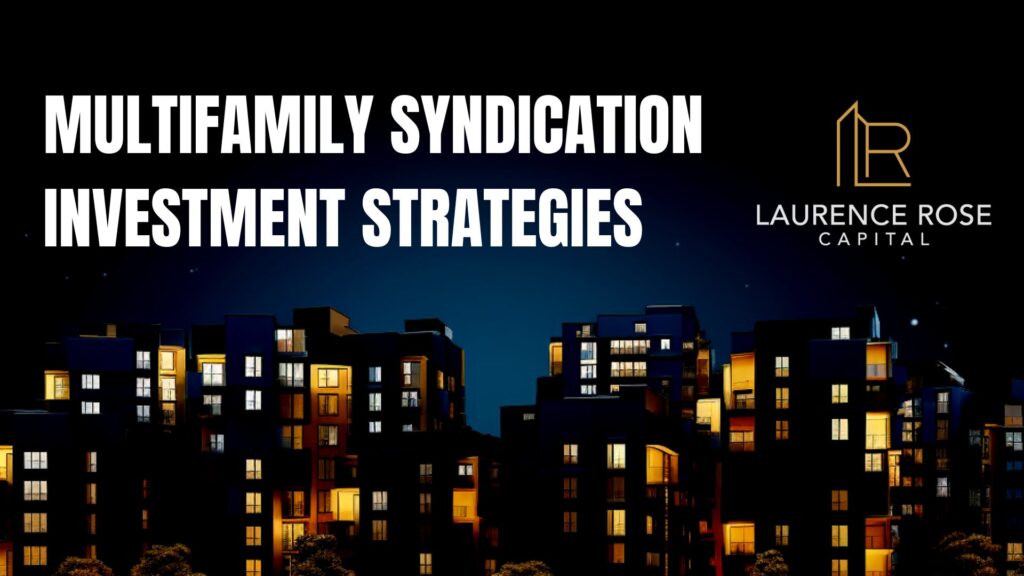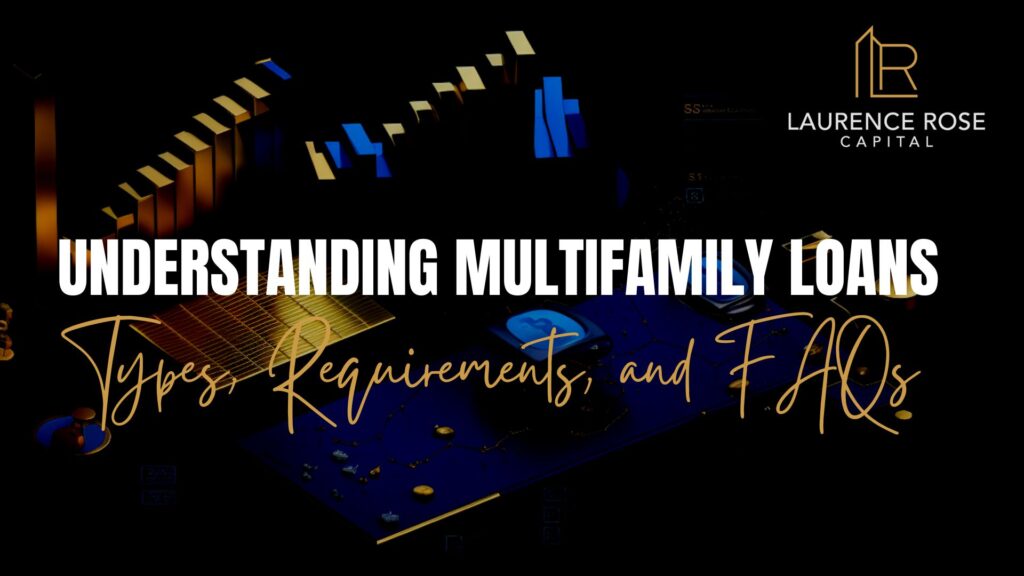When it comes to conquering your debts and achieving financial freedom, two prominent strategies stand out: the Snowball method and the Avalanche method. Both approaches have their merits, and the choice between them depends on your financial goals and personality. In this comprehensive guide, we will explore these two debt reduction techniques in detail, providing you with the knowledge to make an informed decision about which one suits you best.
The Debt Snowball Method
How It Works
The Debt Snowball method, popularized by financial guru Dave Ramsey, is a debt reduction strategy that prioritizes emotional wins over pure mathematical optimization. Here’s how it works:
- List Your Debts: Start by listing all your debts, from the smallest to the largest, regardless of interest rates.
- Minimum Payments: Continue making the minimum payments on all your debts.
- Attack the Smallest Debt: Allocate any extra funds in your budget to pay off the smallest debt first while maintaining minimum payments on the rest.
- Snowball Effect: As you pay off each debt, the freed-up funds (formerly used for minimum payments) are added to your payments for the next smallest debt. This creates a snowball effect, accelerating your debt repayment.
Pros of the Debt Snowball Method
- Quick Wins: Paying off smaller debts early can provide a psychological boost, keeping you motivated to tackle larger ones.
- Simplicity: The method is straightforward and easy to follow, making it suitable for those who prefer simplicity in their financial strategies.
The Debt Avalanche Method
How It Works
The Debt Avalanche method is a more mathematically driven approach that focuses on minimizing the amount of interest paid over time. Here’s the process:
- List Your Debts: Like the Snowball method, start by listing all your debts, but this time, order them from the highest to the lowest interest rate.
- Minimum Payments: Maintain minimum payments on all debts.
- Attack High-Interest Debt: Allocate any extra funds to pay off the debt with the highest interest rate first while maintaining minimum payments on the rest.
- Avalanche Effect: As you eliminate high-interest debts, you reduce the overall amount of interest you pay over time.
Pros of the Debt Avalanche Method
- Interest Savings: By tackling high-interest debts first, you minimize the total interest paid, potentially saving you money in the long run.
- Mathematically Sound: The method is based on sound financial principles and can be more cost-effective in the long term.
Choosing the Right Strategy
The decision between the Debt Snowball and Debt Avalanche methods ultimately boils down to your financial personality and goals.
- Choose the Snowball Method If:
- You need quick wins to stay motivated.
- You have multiple small debts.
- Emotional satisfaction from paying off debts is important to you.
- Choose the Avalanche Method If:
- You are financially disciplined and can stick to a long-term plan.
- You want to minimize the amount of interest you pay over time.
- You have debts with high-interest rates that are significant contributors to your financial burden.
Comparative Table: Snowball vs. Avalanche
| Aspect | Debt Snowball Method | Debt Avalanche Method |
|---|---|---|
| Debt Order | Smallest to largest | Highest to lowest interest rate |
| Psychological Wins | Yes | No |
| Interest Savings | No | Yes |
| Long-Term Focus | No | Yes |
| Suitable for Many Debts | Yes | Yes |
| Suitable for High-Interest Debts | No | Yes |
In conclusion, both the Debt Snowball and Debt Avalanche methods offer viable paths to debt reduction. The right choice depends on your financial situation and mindset. Whether you prioritize quick wins or long-term interest savings, the key is to commit to your chosen strategy and stay on course. Remember, the ultimate goal is financial freedom, and with dedication and discipline, you can achieve it through either method.






![How Does Creative Financing Work In Multifamily Real Estate [Explained]](https://laurencerosecapital.com/wp-content/uploads/2023/10/JG-BMP-Ira-LRC-JB-Blog-Covers-750-×-422px-1920-×-1005px-1024x576.jpg)
